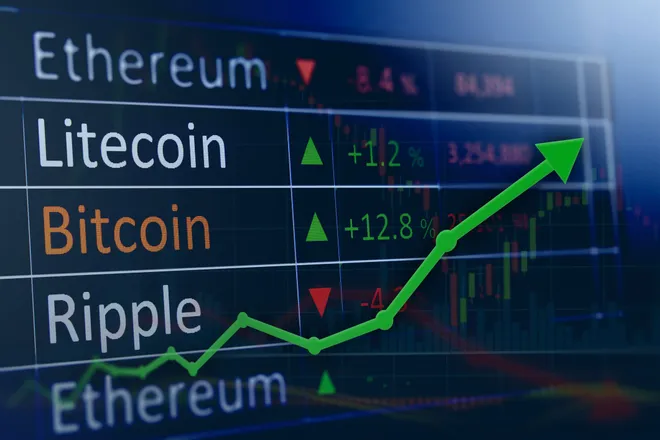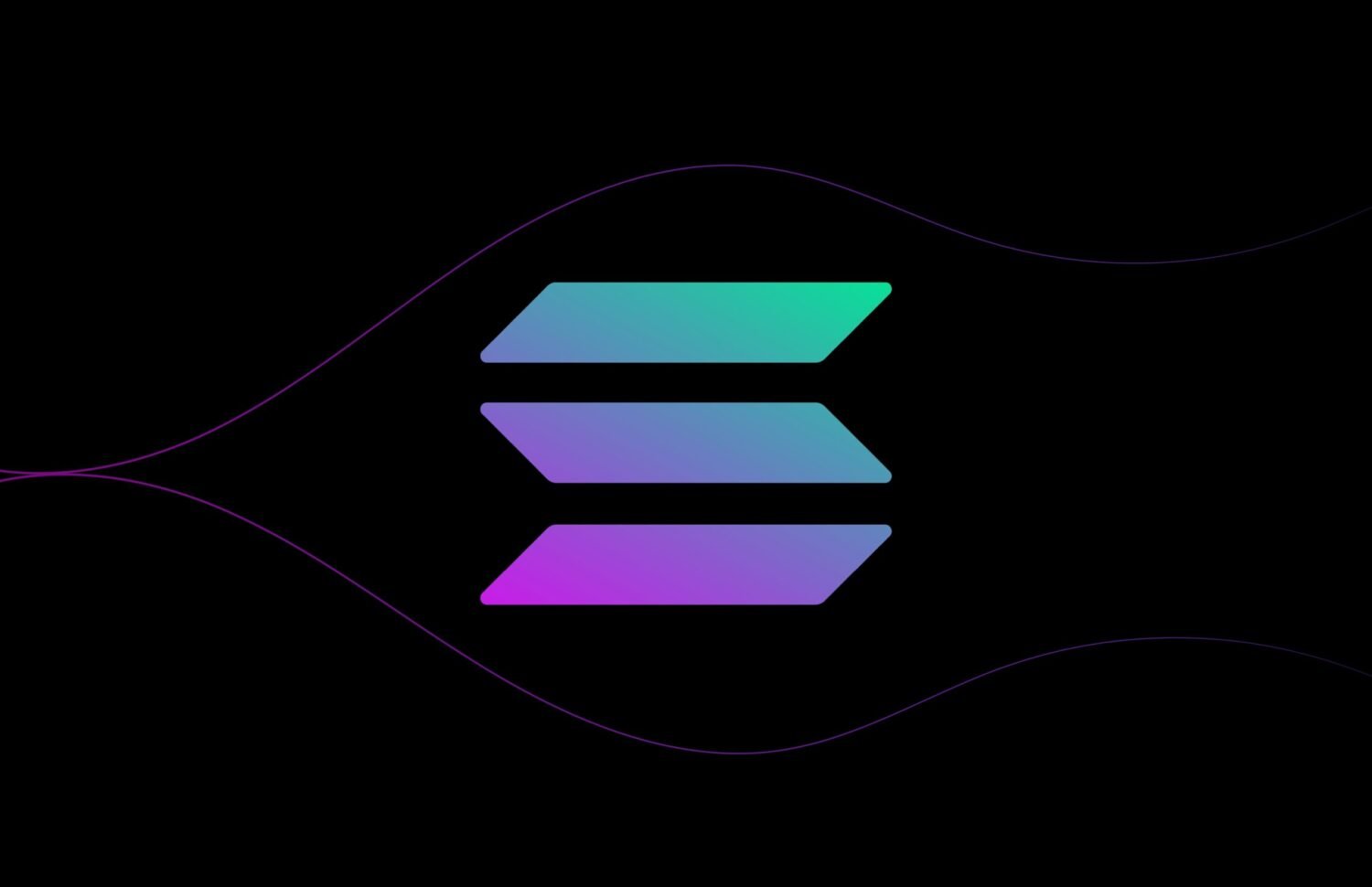Introduction
In the rapidly evolving world of cryptocurrencies, competition among blockchain networks is fierce as they battle for dominance in the decentralized space. Among these networks, Solana and Ethereum emerge as top contenders, each showcasing unique strengths and captivating global investors. But why is Solana currently surpassing Ethereum in market performance and investor sentiment? This article delves into the factors fueling this rivalry and examines the key contrasts between these two powerhouse networks.
Solana’s Rise to Prominence
Solana’s meteoric rise in the crypto market is nothing short of remarkable. With a staggering market capitalization of $75 billion, Solana has established itself as a formidable competitor to Ethereum. This ascent is driven by:
- Technological Prowess: Solana’s blockchain is designed for high-speed, cost-efficient transactions, addressing pain points that have plagued Ethereum. While Ethereum’s gas fees often deter smaller transactions, Solana offers a lightweight infrastructure capable of processing thousands of transactions per second at minimal costs.
- Thriving Ecosystem: The Solana ecosystem is a hub for decentralized applications (dApps), particularly those tied to high-growth areas like non-fungible tokens (NFTs) and meme-based ventures. This surge in activity has solidified Solana as the go-to platform for creators and developers seeking rapid growth.
- Community and Investor Confidence: Solana’s engaged communities and innovative projects drive bullish sentiment among investors. Tokens linked to Solana’s ecosystem enjoy heightened demand, further amplifying its valuation and appeal.
These attributes make Solana an attractive choice for investors looking for exponential growth in the fast-paced crypto market.
Ethereum’s Enduring Strengths
Ethereum, often regarded as the cornerstone of decentralized finance (DeFi), remains a dominant force in the blockchain space. Despite Solana’s rapid rise, Ethereum boasts strengths that ensure its continued relevance:
- Network Effects and Stability: Ethereum’s established infrastructure underpins a vast number of projects in DeFi, gaming, and other sectors. This entrenched position creates a foundation of trust and reliability for developers and investors.
- Upgrades and Innovations: Recent updates, such as the Ethereum Dencun upgrade, have improved the network’s efficiency and reduced transaction costs. These enhancements demonstrate Ethereum’s commitment to addressing its scalability challenges.
- Regulatory Catalysts: The potential approval of a spot Ethereum ETF by the SEC could trigger substantial capital inflows, boosting demand and prices. Coupled with Ethereum’s less inflationary nature post-merge, the platform is well-positioned for long-term growth.
Navigating the Investment Landscape
Choosing between Solana and Ethereum requires a clear understanding of individual risk tolerance and investment goals. Here’s a comparative perspective:
- Short-Term Momentum: Solana’s rapid adoption and innovative ecosystem present a favorable risk/reward profile for those seeking near-term gains.
- Long-Term Stability: Ethereum’s well-established network effects and upcoming catalysts make it a cornerstone investment for those prioritizing stability and steady growth.
Market dynamics can shift rapidly, and staying informed is essential. Vigilant investors should closely monitor developments within both ecosystems to capitalize on emerging opportunities.
Conclusion
The competition between Solana and Ethereum is emblematic of the broader innovation sweeping the blockchain sector. Solana captures headlines with its speed and accessibility, while Ethereum’s legacy and adaptability cement its role as a market stalwart. As this rivalry continues to unfold, understanding the unique strengths and potential of each network is crucial for informed decision-making. Whether you’re drawn to Solana’s explosive growth or Ethereum’s enduring appeal, both platforms represent pivotal forces shaping the future of cryptocurrency.




